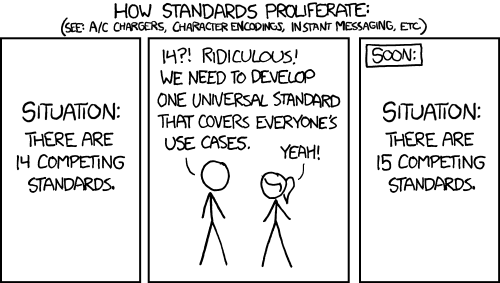Why did the EMUs and DMUs of the time get such a different "standard" coupler?
Hmm! A lot has got lost in the depths of time, but I'll try my best! (This is all based on publicly published information - I have no inside knowledge).
Firstly, there was no imperative for DMUs and EMUs to run coupled together. There were some diesel islands in electric seas and vice versa but no timetabled interoperation excluding, of course, the Bournemouth - Weymouth trains.
This meant that coupler standardisation was not high on the wish list. Autocouplers were desired, to avoid shunters having to get between the trains to couple or separate units such as the old 'Blue Square' system which involved making or breaking seven (including the screw coupling) connections. The first opportunity after the Modernisation plan units had all been built was the Class 141 Pacers and for these the BSI autocoupler was adopted. It was light and there was at that point no intention to run in multiple with the older stock - the Pacers were intended for lightly trafficed secondary routes. For these lightweight trains avoiding having to cart round 4 heavy buffers was also an advantage. This coupler was found to work and was then carried through to the 15X and 16X series trains.
Many, if not most, EMUs had, by the early 1970 Buckeyes at the ends, but with manual connection of the air lines and electrical jumpers. The Tightlock is, essentially, a Buckeye with gathering horns (please excuse the simplification!) so the electrical and air lines can be connected semi-automatically but without a shunter having to get between the sets.
The Tightlock's disadvantages are that it is heavy and needs, like the Buckeye, to be banged together to couple. The Scharfenberg/Dellner system uses small actuators to make the mechanical connection so the impact is reduced, but it does have limitations as to the traction and braking force it can transmit. The advantages for multiple units were such that practically all post-privatisation stock has been fitted, or retro-fitted, with it, including the new CAF sleepers. The one pity is that there has been no standardisation of the placement and pin allocation in the electrical connections. It may be that now fly-by-wire has become commonplace the various approaches taken by the different manufacturers might lead to at least some of the pins being common among the manufacturers even if the protocols used by other pins may vary. One could now imagine a situation whereby trains from different manufacturers 'negotiate' the non-safety-critical pin allocations and protocols just as Plug-and-Play does for computers now.
As older stock gets retired the mechanical incompatibilities will reduce, even if not all the systems talk to each other. In any event as rolling stock becomes more reliable - see the
Golden Spanners - the need to join incompatible trains will also reduce.

